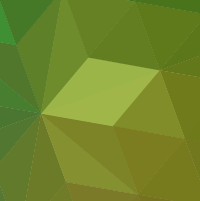Hydropropulsion technique in Dogs
If urolithiasis is suspected, x-rays or an ultrasound will be used to locate all stones and determine their size. The vet will likely palpate the bladder from outside the skin to see if it is enlarged. Blood work may then be run to assess if general anesthesia can be used for the process or not. The dog will be sedated using general anesthesia or topical pain relief combined with low doses of intravenous anesthesia. If decompressive cystocentesis is being used, it will be performed using a needle to collect and remove urine from the bladder. This releases pressure and improves the results of the urohydropulsion. Two people are required to perform this procedure, especially on large dogs. One catheter is placed into the urethral lumen and another is inserted up the urethra. A gloved finger must be placed into the dog's rectum to apply pressure to the urethra through the rectal wall. Once a tight fit has been made, saline solution will be flushed through the catheter. The bladder will be palpated throughout this process to ensure it does not fill too much. After the tract has been flushed, the catheters may be removed. Efficacy of Urohydropulsion in Dogs Urohydropulsion is a very effective way to remove small stones from the urinary tract. It is most successful in medium and large breed dogs who have stones that are 5 mm or less in diameter. The procedure can fail if pressure is not maintained throughout the process. More than one flush may be run at a time to remove as many stones as possible. Ongoing management will likely be needed to help prevent the growth of calculi in the future. Urohydropulsion is much easier on the dog than a surgical removal and is often the choice of treatment in dogs who suffer from urolithiasis chronically. Urohydropulsion Recovery in Dogs As the catheters are removed, the veterinarian will gauge how much trauma has occurred. If the removal has caused damage, a course of antibiotics will be issued to the dog. Pain relief will also be prescribed. X-rays will be taken to see if all stones have been evacuated. If any remain, the dog may be immediately transferred into surgery to remove them. If the equipment is available, a lithotripsy may be used instead to dissolve stones with a laser. If the stones have passed using urohydropulsion alone, the dog will likely be discharged on the same day of the procedure. A special diet to discourage stone formation will be started at this point if it has not already been initiated.








